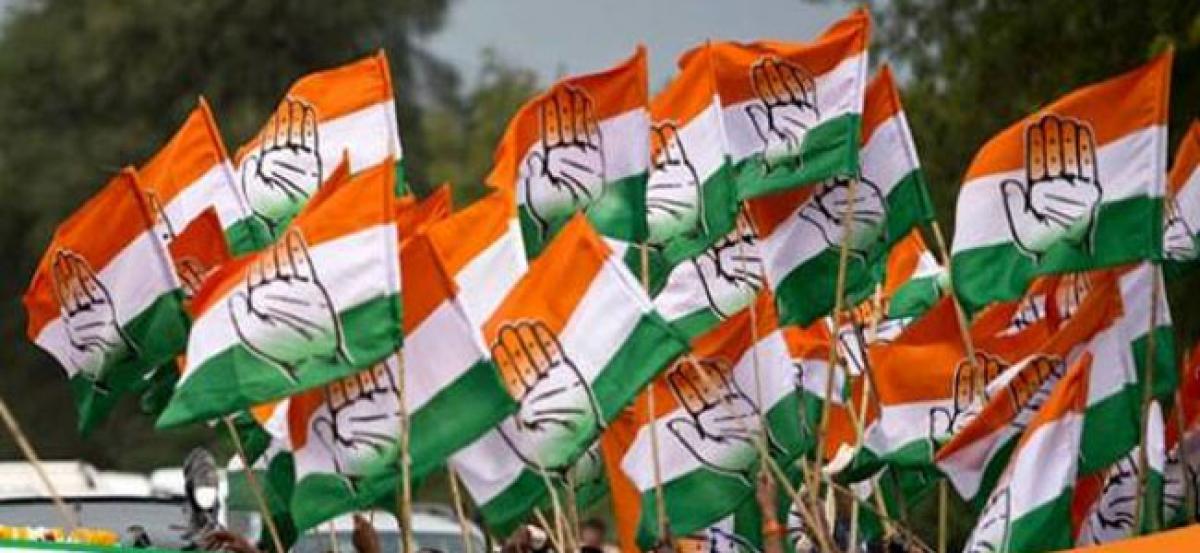It was Union Home Minister and then BJP President Amit Shah who called for a “Congress Mukt” Bharat, and his way of achieving this objective was to ensure that the BJP came to power in every state individually or in alliance with other parties. State after state changed from control by other parties to the coming to power of the BJP. A varied repertoire of methods was used to ensure this. Seeing the relentless efforts being made by the BJP to be what the Congress Party had been during the period in office of Jawaharlal Nehru, a political formation in office not just in the Central government but in (almost) all the states, those political parties unreconciled to the BJP quickly reacted with hostility to the new government headed by Prime Minister Narendra Modi. Whatever the government did was wrong, and whatever went wrong in the country was placed at the door of the Prime Minister. The way in which the BJP was expanding its footprint across India was countered by a constant stream of invective against the BJP. By 2016, it was apparent that this tactic alone was not proving effective against the growth of the BJP, and those Opposition leaders, who had friends in influential circles abroad, began a campaign of portraying India under Modi as a state where egregious human rights violations were being carried out. Supporters of Prime Minister Modi said that the country really stood up only when he was sworn in on the forecourt of Rashtrapati Bhavan in 2014. Hundreds of millions of citizens watched the ceremony on television from their homes. The proceedings began with the entry into the Rashtrapati Bhavan forecourt of Chief Minister Modi and ended with the departure from the official residence of the President of India of Prime Minister Modi. Soon after that began the duel between select Opposition parties and the BJP. There was an effort by AICC president Sonia Gandhi to install Rahul Gandhi as her successor, and during the 2019 Lok Sabha elections, it was Rahul who was projected as the Congress choice for the Prime Ministership of India. The Lok Sabha elections became almost a Presidential contest, with Rahul Gandhi as the most likely Opposition choice to replace PM Modi in the event that the BJP proved unable to secure enough seats to remain in power. As had happened with the UPA during the 2009 polls, the ruling party
After analysing the trajectory of the 2019 polls and the run-up to it, it is clear that several of the principal challengers to the BJP seem to be of the view that the 2014 idea articulated by Amit Shah of a Congress-mukt Bharat would be an important, even necessary, step towards defeating the BJP in the 2024 Lok Sabha polls. The Congress Party remains anchored to its longstanding perception of being the natural party of government, even while some Opposition parties evidently believe that the Congress is not even the natural party even of (the leadership of) the Opposition. They are calculating that the Congress is too weak by itself to secure more than a scatter of seats, while allying with it except on very favourable terms to the non-Congress parties would do much more damage than good to the objective of replacing the BJP government with another coalition. It seems clear that both Bengal CM Mamata Banerjee and Delhi CM Arvind Kejriwal would like to replicate the transformation of CM Modi into PM Modi by ensuring that a coalition led by them comes into office in 2024. While the Trinamool Congress would like to gobble up the Congress vote bank, the Aam Aadmi Party is concentrating on winning over independent voters and those who stood by the BJP in 2014 and 2019 but may now be looking for a change. Rahul Gandhi is unacceptable to them as PM, although the Congress insists that he is the logical choice of any non-BJP government. Given the stature of PM Modi, it seems inevitable that the 2024 Lok Sabha polls will be as Presidential as those of 2014 and 2019, and until the Opposition can come up with a PM candidate acceptable to them who does not put off any element of the BJP-leaning voters, who may not be happy with the performance of the present government, the unity needed for mounting a credible challenge to the BJP led by Narendra Modi will be absent. In Bihar and UP certainly, the coming Assembly polls are going to resemble a presidential contest, pitting CM Nitish Kumar and CM Yogi Adityanath against their most formidable challenger. The verdict on 10 March may give a glimpse of the dynamics that will be in play during 2024, if not the likely result.
MDN
Opposition cools towards Congress
इस शब्द का अर्थ जानिये
- Advertisement -

